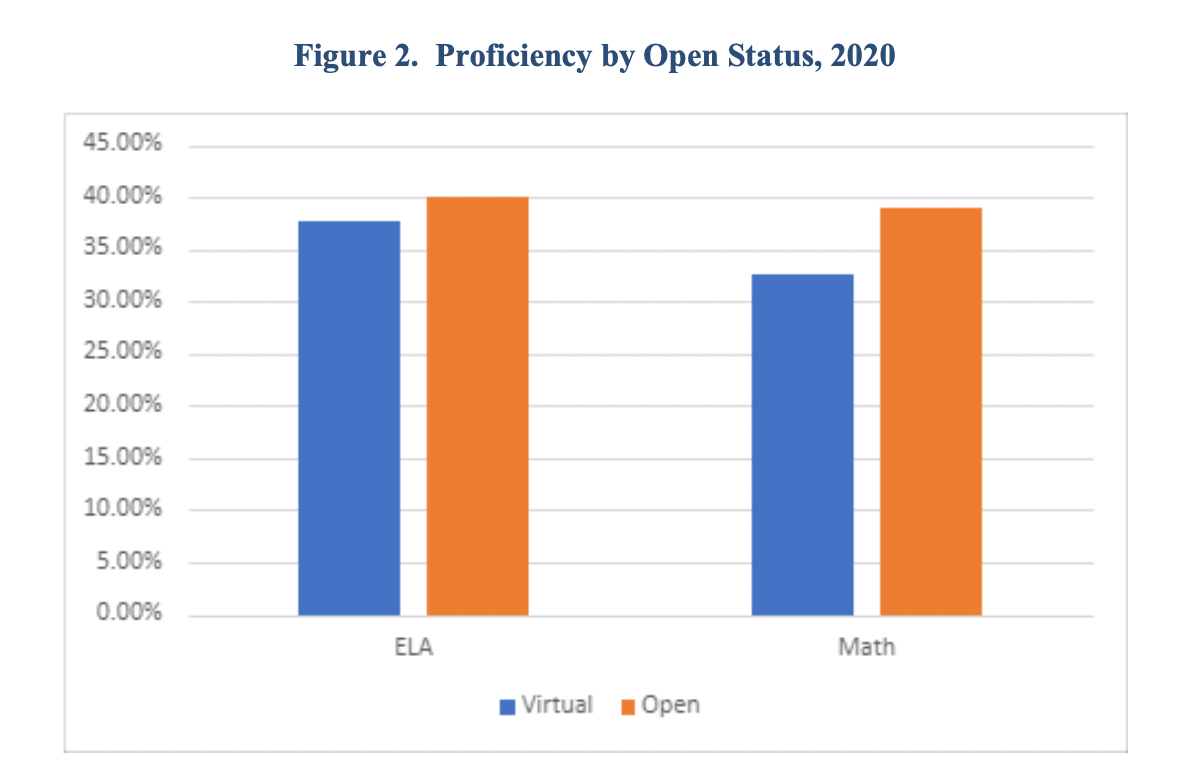Study finds academic performance drops in math and English for schools that started 2020-21 school year closed.
The News: A new study from the Wisconsin Institute for Law & Liberty (WILL) finds that Wisconsin schools that closed for in-person learning to start the 2020-21 school year saw significant performance declines in math and English. These Wisconsin school closures, impacting more than 250,000 students, occurred in districts with large numbers of African American and low-income students. The findings highlight the growing body of evidence that school closures hurt the academic performance of students who can least afford setbacks in education.
The Quote: WILL Research Director, Will Flanders, said, “Evidence is piling up that the decision to close schools for in-person learning was a disastrous mistake with long-term consequences. As we count the cost, we should be mindful to employ policy solutions that will help these students recover and keep schools open.”
- Districts that remained closed for in-person learning saw significant declines in math proficiency. Math proficiency was approximately 4.8% lower in districts that were closed for in-person learning in fall 2020.
- Districts that remained closed for in-person learning saw significant declines in English proficiency. English/Language Arts proficiency was 1.6% lower in districts that were closed for in-person learning in fall 2020.

- Districts with a higher percentage of African American students were more likely to remain closed in fall 2020. Our results show that the higher the percentage of African American students in a district, the more likely that district was to remain shut down for in-person learning.
- Districts with a higher percentage of economically disadvantaged students saw larger performance declines. A district with 100% low-income students would be expected to have proficiency declines of more than 6% in math and 7% in ELA relative to a school with no low-income students independent of closure status.
- More than 257,000 students in Wisconsin spent at least part of the 2020-21 school year without in-person learning. This represents approximately 30% of all students in the state.
- Wisconsin had a learning crisis before the pandemic and the future of our students is at stake. Pre-pandemic, nearly 60% of Wisconsin students couldn’t read or write at grade level. With the addition of school closures and student learning loss, this is the biggest crisis facing our state’s future.
- Counting the Cost: Wisconsin School Closures and Student Proficiency, Will Flanders, February 4, 2022
- Dreams Deferred: The Economic Cost of Learning Loss in Wisconsin, Will Flanders, February 11, 2021
- Opting Out: Enrollment Trends in Response to Continued Public School Shutdowns, Will Flanders, December 16, 2020
- Politics in the Pandemic: The Role of Unions in School Reopening Decisions, Will Flanders, November 16, 2020